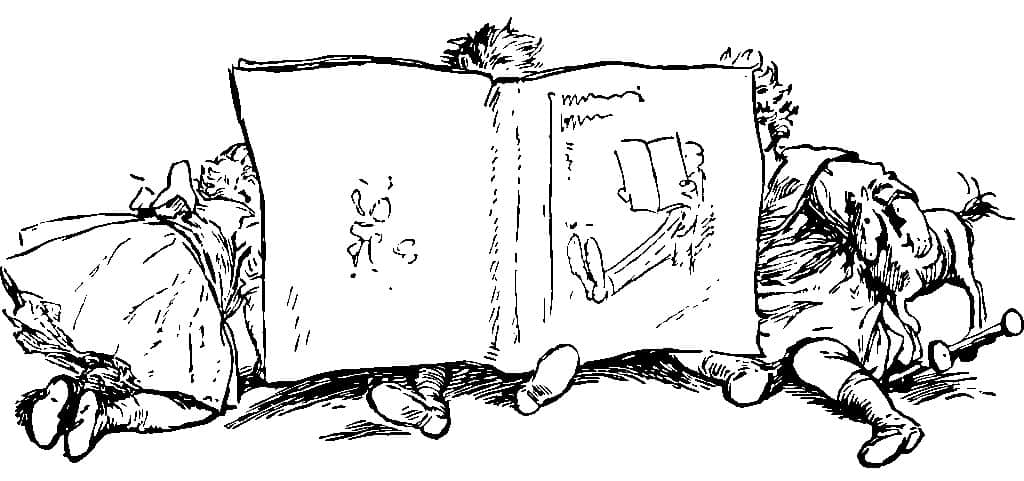Since the new year seems to be really here, it must be time to do some cleaning and organizing. I am usually happy to begin with something I can handle and work my way out, so the book shelves come last. It is just too impossible to make progress when you keep running into old friends.
That’s the occasion that had me thumb through Walking on Water: Reflections on Faith and Art by Madeleine L’Engle. As I have mentioned before, when I set out to write Queen Abigail, L’Engle — author of the Wrinkle in Time series and many other became my go-to source of inspiration. I picked up Walking on Water about two years ago, and I can’t recommend it enough. Madeleine L’Engle kept a kind of scrapbook of the musings, quotes and anecdotes that helped inform her as a writer, and then brought them all into this one collection, tying them together seamlessly into a thought-provoking investigation of how faith affects art and vice versa.
I found one passage that I had underlined (in pencil, and probably very self-consciously). I had to pass it along, because it sums up exactly how I feel about writing for a young audience (emphasis mine):
One summer I taught a class in techniques of fiction at a mid-Western university. About half way through the course, one of the students came up to me after class and said, “I do hope you’re going to teach us something about writing for children. That’s really why I’m taking this course.”
“What have I been teaching you?”
“Well — writing.”
“Don’t you write when you write for children?”
“Well — but isn’t it different?”
No, it is not different. The techniques of fiction are the techniques of fiction. They hold as true for Beatrix Potter as they do for Fyodor Dostoyevsky. Characterization, style, theme, are as important in a children’s book as in a novel for grown-ups. Taste, as always, will differ … A child is not likely to identify with the characters in Faulkner’s Sanctuary. Books like A Wrinkle in Time may seem too difficult to some parents. But if a book is not good enough for a grown-up, it is not good enough for a child.
Once she says it, you know it’s the truth. The best children’s books have prose that may be made up of simpler words and avoid some mature content than what you find in the adult genres, but it isn’t badly written. It is both interesting and authentic. Never sappy or cloying. And yet, I have seen so much in the children’s section that seems to be just that.
Children’s books can still be profound, eye-opening, engaging, gripping, poignant … and ultimately satisfying to read. The best classics are. That’s the aim. And whether you’re writing for children or reading to them (or both), I say “Aim high!” Anything less would be unworthy of the discerning young reader.
That’s my little moment of inspiration for the day. Thank you, Madeleine. Just for that, you get to stay on the shelf.
